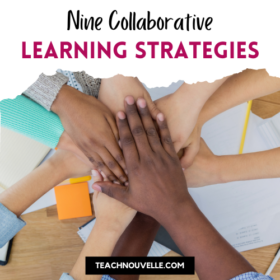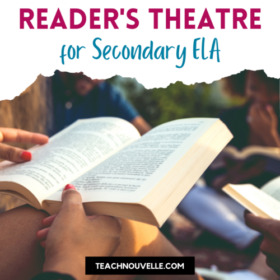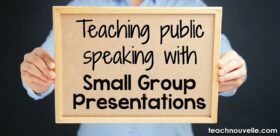
9 Collaborative Learning Strategies that Will Promote Rich Conversations Between Your Secondary ELA Students
Looking for collaborative learning strategies to implement in your secondary ELA classroom? These 9 strategies will promote rich academic conversations, build community, and foster effective communication for your students. The importance of effective communication in secondary ELA classrooms How do you promote collaboration in the classroom? In today’s ever-evolving educational landscape, fostering effective communication in Secondary ELA classrooms has become more crucial than ever before. Collaborative learning strategies have emerged as a powerful tool to encourage student engagement, critical thinking, and problem-solving skills. This blog post walks you through nine collaboration strategies that can significantly enhance communication skills in ELA classrooms, which empowers students to express their thoughts and ideas confidently. By incorporating opportunities for collaborative discussions, teachers can create a dynamic learning environment that promotes active participation and encourages students to think critically and



